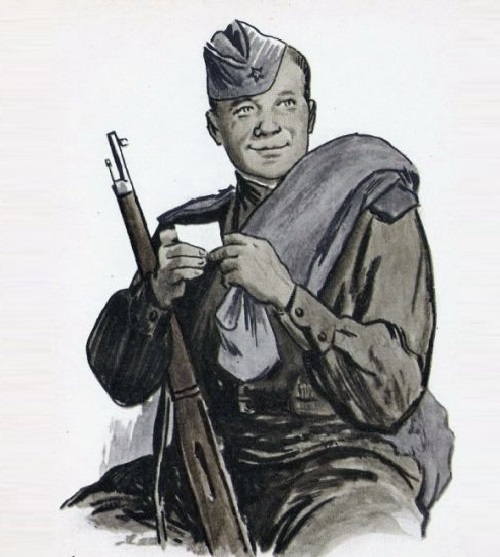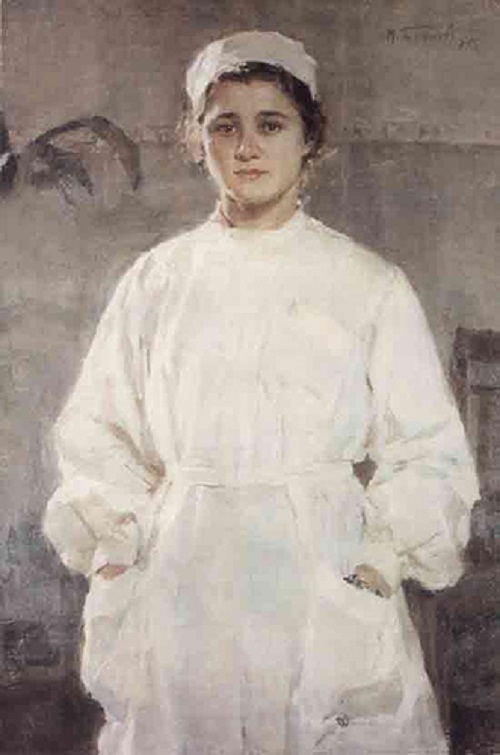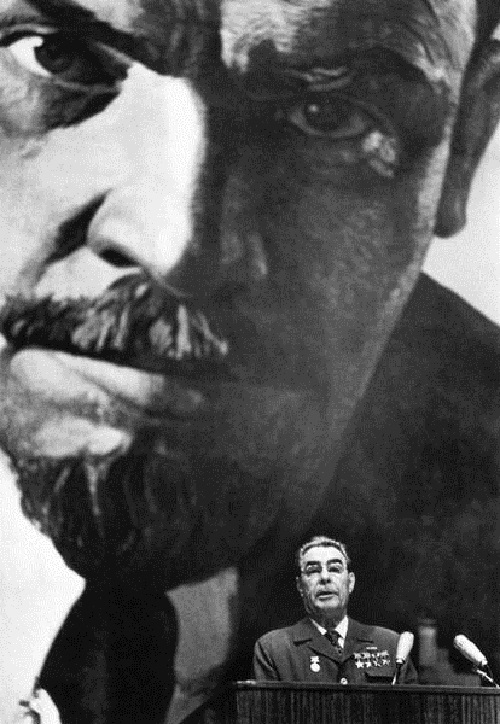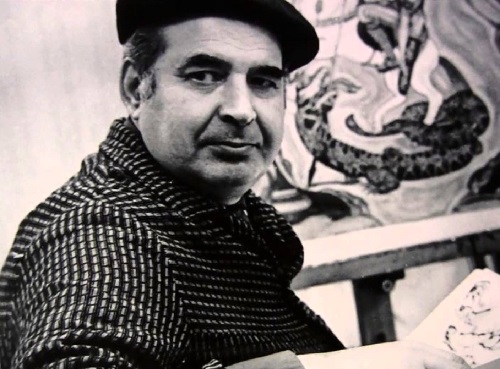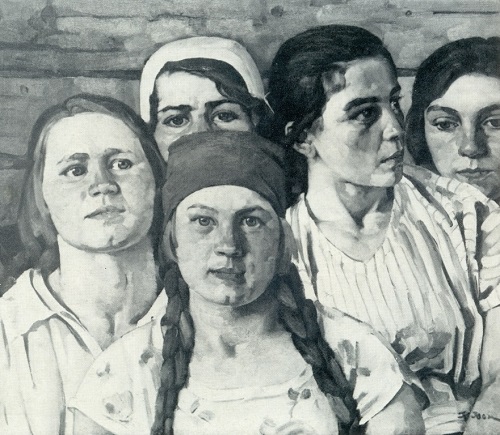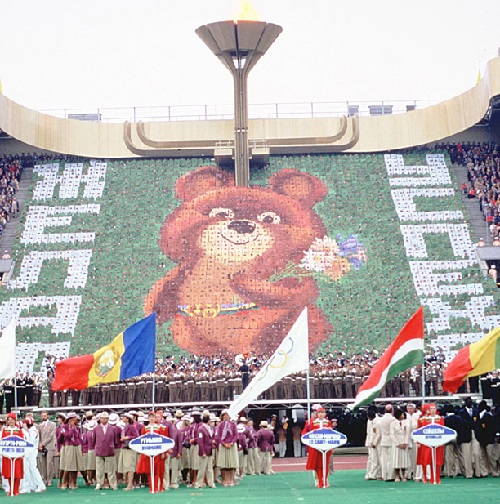Soviet artist Orest Vereisky
Soviet artist Orest Vereisky (7 July 1915 Smolensk province – January 2, 1993, Moscow) – Academician of the Academy of Arts of the USSR (1983), Corresponding Member (1958), People’s Artist of the USSR (1983), winner of the USSR State Prize (1978). Orest Georgievich Vereisky was born in the family of artist Georgy Vereisky and Elena Vereiskaya, the daughter of the historian NI Kareev. Until 1922 he lived in the village of Anosovo of Smolensk region. In 1936-1938 he studied at the Institute of Painting, Sculpture and Architecture of the Russian Academy of Arts. Leningrad has brecome the place of creative formation of Vereisky as an artist. There, he was taught by an artist and educator AA Osmerkin, along with his father. In 1940 Vereisky moves to live and work in Moscow.
Read more »
